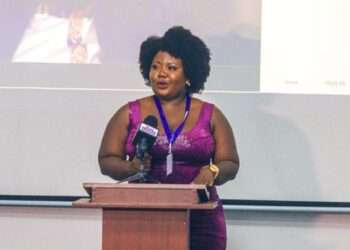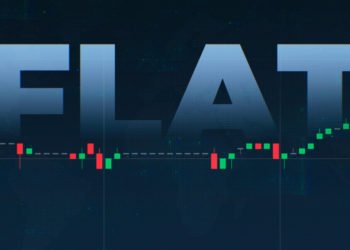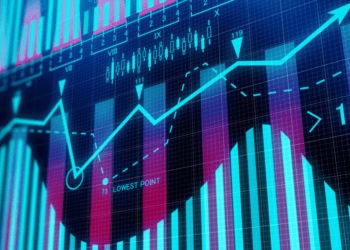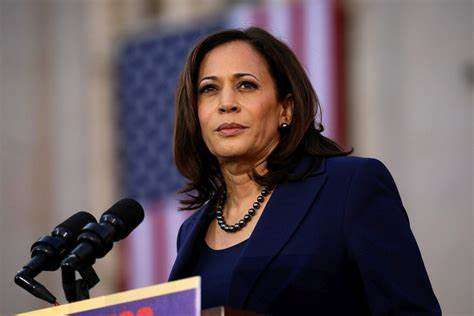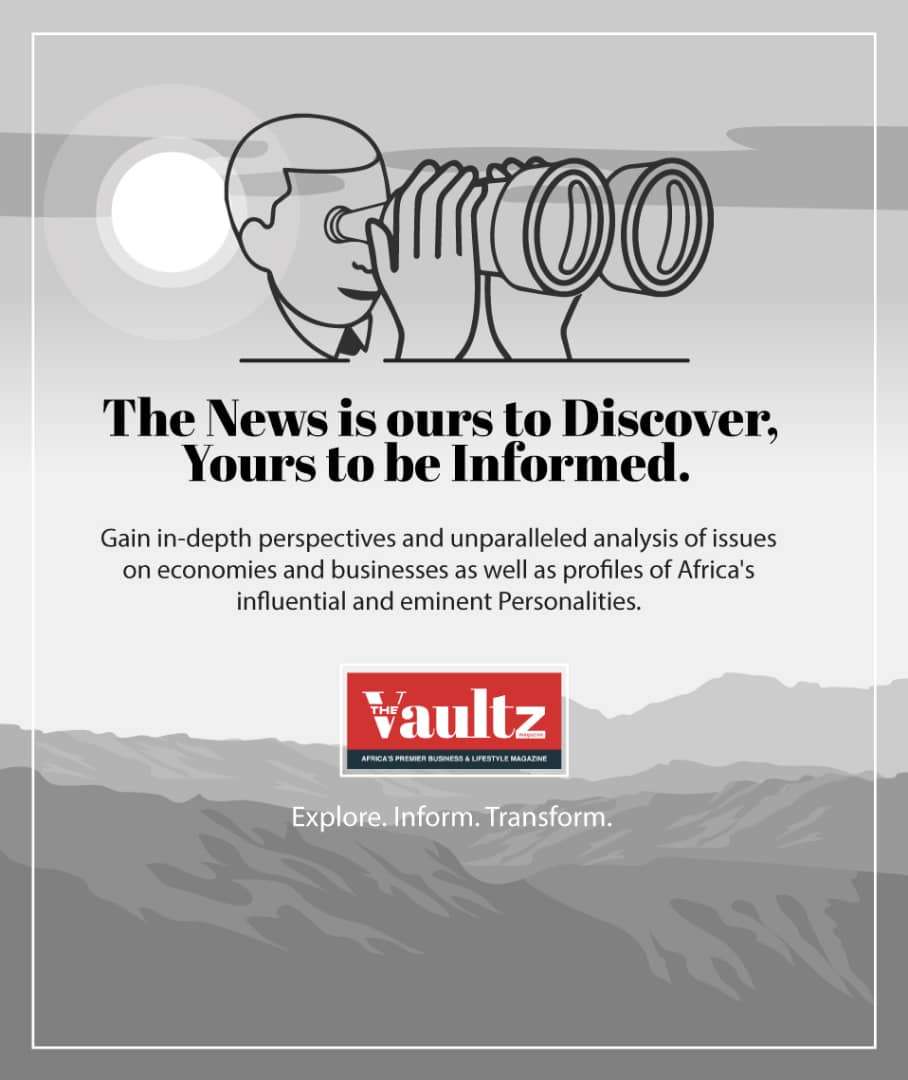The Ghana Stock Exchange (GSE) and the Minerals Income Investment Fund (MIIF) have called on Ghanaian Pension Funds and other Fund Managers to consider investing in the mining value chain to increase and retain profits that accrue to local companies from mining activity.
At a workshop for Fund Managers in Accra in a bid to demystify mining as an asset class for long-term investments or patient capital, the Managing Director of the Ghana Stock Exchange, Ms Abena Amoah noted that there is an urgent need for managers to be aware of the endless opportunity space in the mining industry and factor it in their investment analysis.
“There is the need to build the knowledge capital to be able to pursue these opportunities. There is no mystery to mining and the mining value chain. We just have to network properly, raise awareness about the opportunity, and design the vehicles that can be used to invest in the space.”
Ms Abena Amoah
Fund Managers were introduced to the architecture of mining from exploration to development by the Chief Technical Officer (CTO) of MIIF, Kwabena Barning, a miner with more than 20 years of experience in different aspects of mining-related activity.
Mr Barning provided insight into a gamut of work including mining operations, and mining support services all the while highlighting distinct areas for investment opportunities including the beneficiation axis of minerals like Bauxite, Manganese, Iron and Lithium.
“Mining is a heavy-activity industry. It requires patient capital and a lot of it. What drives mining is the technical knowledge and the financial wherewithal. If Ghanaians want to benefit from the different minerals in our soil, the key is to participate in asset ownership. That way you become the primary beneficiary of the mining activity happening.”
Kwabena Barning
Enormous Potential of Mining
While the Fund Managers seemed aware of the enormous potential of mining, entering the sub-sector have always proved daunting. The Chief Investment Officer of MIIF, Bubune Sorkpor, anchored the pursuit of value investing from MIIF as a model they could adopt.
“The opportunities are incredible. For instance, we have invested US$ 40 million in Asante Gold Corporation, and Atlantic Lithium where we are significant stakeholders. We are participating at the asset level and have board seats in these listed entities; meaning Ghana has a seat at the decision table for these global companies.
“We are on the cusp of investing some US$ 30 million in the Ada Songhor Salt project, and that will support its goal of becoming the biggest Salt-producing facility in Africa. MIIF will be working with this project to list it on the GSE. We hope to de-risk projects like this and present co-investment opportunities to retail investors, pension funds, and other institutional investors in Ghana.”
Bubune Sorkpor
The workshop also discussed major opportunities for Fund Managers to invest along the mining value chain, specifically, mine support services companies and exploration. “In 2022, Goldfields Ghana alone spent 896 million US dollars to procure goods and services for the mines,” Sorkpor said.
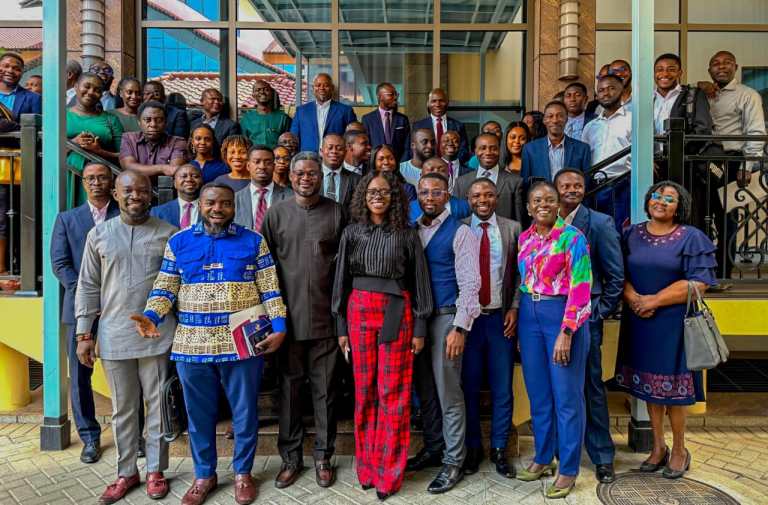
Mr Sorkpor disclosed that over 90% of this amount went to in-country suppliers, who make up 70% of the 1,600 active suppliers. He noted that this demonstrates the huge investment opportunity in the entire mining value chain.
“There is almost US$4 billion worth of business in the local content area reserved for only Ghanaians. These are businesses that provide various services for mining companies and are in dire need of investment to take advantage of our local content laws and provisions.
“You need to understand the mining industry, and its needs, perform stringent due diligence, and structure the right financing for these mine support services providers. This is a ready business waiting to happen and that is where the opportunity for investments exists.”
Bubune Sorkpor
Using Atlantic Lithium as a case study for an exploration project that is transitioning into production in 18 months, the MIIF CIO talked up the risks of early-stage investment and the potential upside of the project based on: the importance of lithium, the geology and resources of the tenement, the extractability of the ore through a conventional dense media and the location of the asset.
Over the 12.5-year mine life, the operation is expected to generate US$ 6.6 billion in revenue and a free cash flow of US$2.4 billion with an average life of mine EBITDA of US$316 million per annum.
MIIF-Sponsored Physical Gold-Backed ETF
Regarding new asset classes, the MIIF CIO introduced participants to the MIIF-sponsored Physical Gold-Backed ETF which is being developed. Bubune Sorkpor continued; “Think of a Gold Backed ETF (Exchange Traded Fund) which is tradable on the stock exchange.
The gold Is vaulted and serves as a store of value and a hedge against currency fluctuations. This is a different asset class altogether from equity and debt holdings. According to him, the underlying asset will be gold, which is highly liquid with market makers, and priced in USD.
This will afford Ghanaian Fund Managers an alternative asset class that tracks the price of gold, provides a currency hedge, and is fungible and highly liquid.
MIIF has set up a commodities trading desk in-house which has facilitated gold trade to the tune of $320 million between October 2023 and 2024 February. So far, our partnership with the Chamber of Bulk Oil Distributors (CBOD) is running seamlessly. The end goal is to bring in as much foreign exchange as possible to help stabilize the cedi.
The relationship between MIIF and the Ghana Stock Exchange is based on a Memorandum of Understanding through which MIIF intends to deepen Ghana’s Capital Market activity.
All in all, the capital market remains the engine for accelerated access to long-term capital for mining companies worldwide and this lever must be given to Ghanaian mining companies. It is also important that incentives are developed to encourage international mining companies to list on the GSE which would deepen the Ghanaian capital market.
READ ALSO: Ghana’s Educational System; A Policy of Rots And Decays





